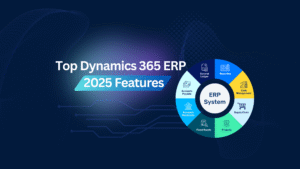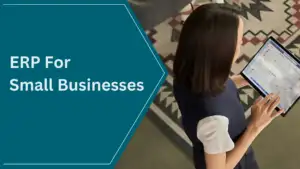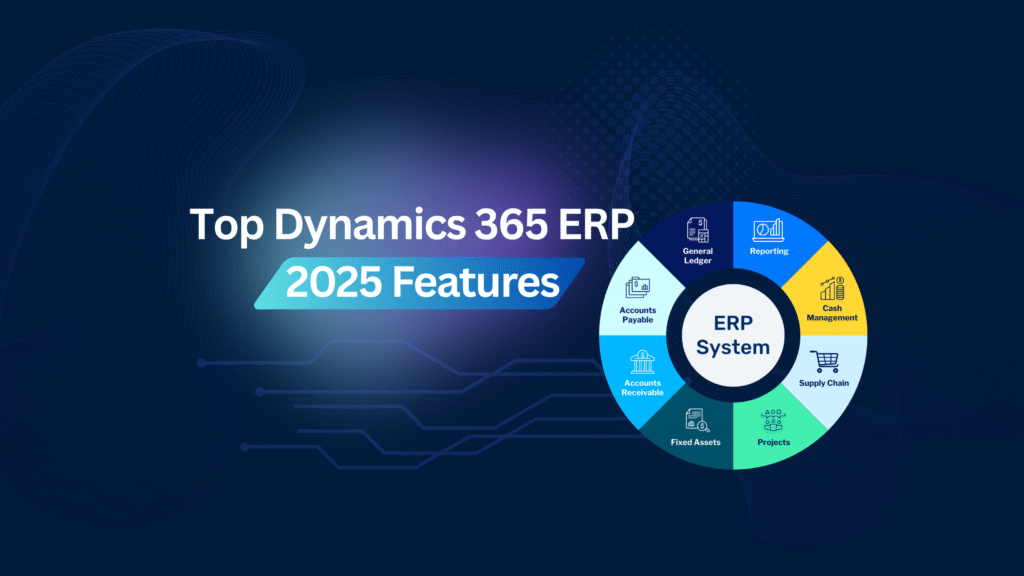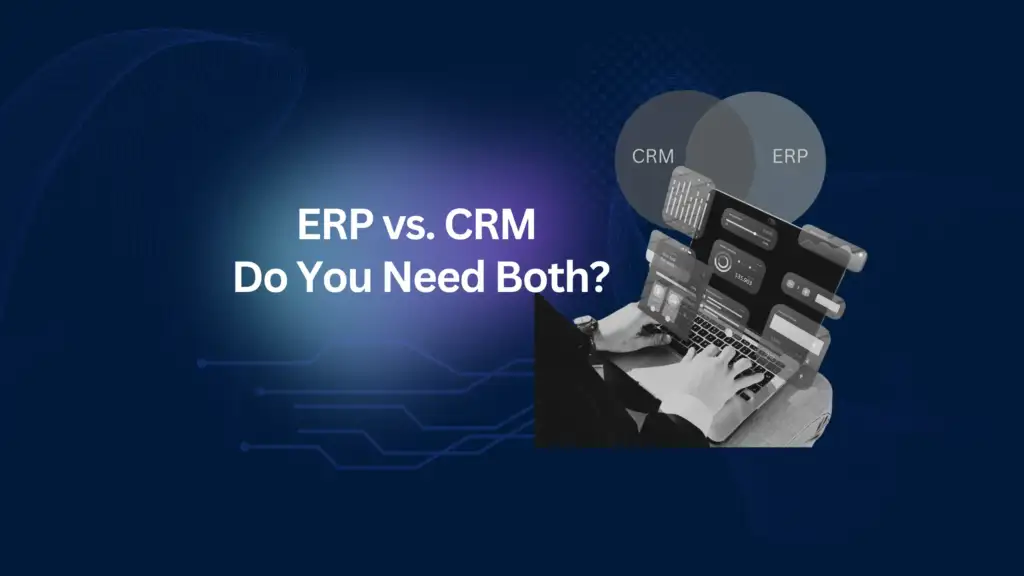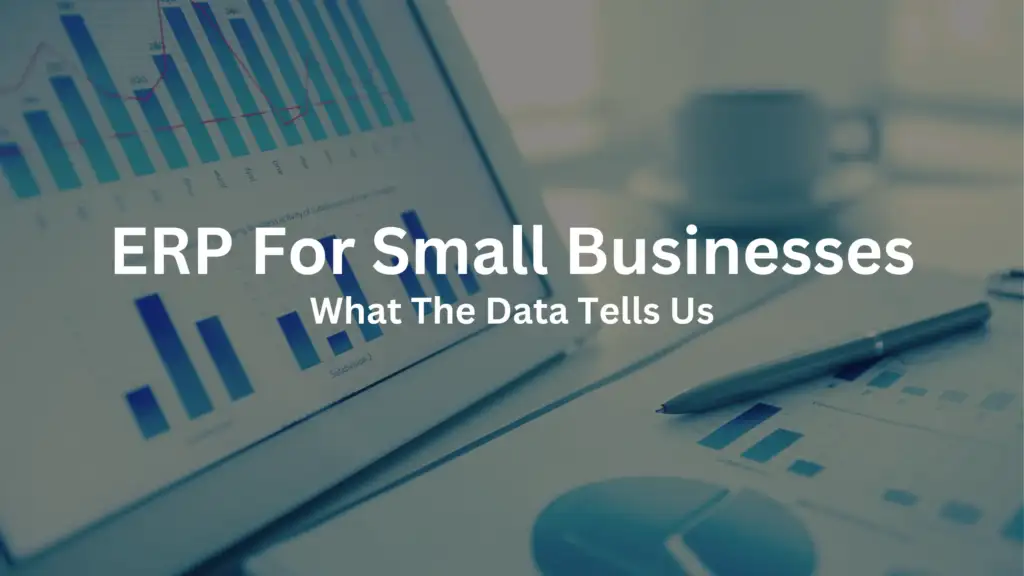Nikoo Samadi
Migrating to a new ERP system is a major step for any business. And like any big move, preparation is everything.
Think of it like relocating to a new office. If you bring along outdated files, broken equipment, and unused supplies, you risk cluttering the new space before you’ve even settled in. The same idea applies to ERP migration. Without reviewing what you’re carrying over, small issues can grow into bigger, harder-to-fix problems down the line.
This guide walks you through the essential steps for ERP migration project preparation. It helps you focus on what matters, avoid common issues, and make the transition as smooth as possible.
1. Define why you’re migrating
Before any serious action, take a step back and ask a simple question: Why are we doing this?
Maybe your current system no longer supports your operations. For example, it can’t handle multi-location inventory, reporting has become slow as your data grows, or you’ve outgrown the number of users it supports.
Whatever the reason, make it clear. Everyone involved in the ERP migration project, from leadership to end users, should understand the main goals. It keeps the process focused and helps you measure success later.
2. Review your current system
Before switching to something new, take time to understand what you already have. Look at how your current ERP works day to day. What’s helping your team and what’s getting in the way?
Ask your team where they face issues. Common signs include:
- Exporting financial data to Excel for manual reporting
- Entering customer info twice in both ERP and CRM
- Waiting too long for inventory or sales reports to load
- Avoiding the forecasting module because it’s hard to use
- Managing purchase orders in shared spreadsheets
This kind of review helps you avoid carrying over old problems into the new system. It also gives you a clear list of priorities for the new one during ERP migration.
3. Involve the right people early
ERP migration isn’t just a technical task. It affects how your teams work every day, so it’s important to involve the right people from the beginning.
That includes:
- The migration team: IT staff, consultants, or your ERP partner who’ll handle data, integrations, and setup
- Business leads: People from finance, operations, and other departments who know how work gets done
- End users: The ones who’ll use the system daily and can flag issues you might not catch on paper
By bringing these groups in early, you can avoid surprises and make sure the system fits how your business actually works. You don’t want to find out on go-live day that Karen from finance can’t find the button she needs buried three menus deep.
4. Plan your timeline and budget
ERP migration project preparation should include a realistic timeline and budget. This helps avoid last-minute stress and keeps your team on track.
Think through:
- How long data cleanup and prep will take
- When teams will be available for testing and training
- Whether you’ll need outside help—and for how long
- How much downtime you can afford during the switch
- Buffer time for unexpected delays
Avoid setting go-live dates too early or based only on vendor promises. Let your plan reflect what your team can actually handle without rushing or burnout.
5. Prepare your team for change
Even the best ERP systems are only effective if people actually know how to use them. A big part of ERP migration project preparation is helping your team feel ready and supported.
Focus on:
- Creating simple, role-based training for different teams
- Offering hands-on sessions instead of just manuals
- Giving people time to get familiar before go-live
- Communicating what’s changing—and why it matters
- Being ready to support questions in the first few weeks
Without proper training, your new ERP might just collect dust while people quietly go back to spreadsheets.
6. Test before you go live
Before switching over fully, make sure everything works the way it should. Testing isn’t just a technical step, it’s your chance to catch real-world issues before they impact your business.
Test things like:
- Data accuracy after migration
- Critical workflows (sales orders, invoicing, inventory updates)
- User permissions and access
- Integrations with other tools
- Performance under normal workloads
Involve people from different teams to run their regular tasks in the test environment. It’s better to find problems now than after launch.
7. Have a post-go-live plan
Go-live day isn’t the end of your ERP migration, it’s the beginning of using your new system in real life. Make sure you have a plan in place for what comes next.
Include steps for:
- Tracking early issues and questions
- Prioritizing fixes and updates
- Checking that data flows correctly between systems
- Supporting users who need extra help
- Reviewing system performance
You don’t need perfection on day one. But you do need a way to keep things moving forward.
Need a quick way to stay on track?
Download ERP migration checklist (PDF) to help you plan each step.
Final thoughts
ERP migration can feel overwhelming, but it doesn’t have to be. When you take time for solid ERP migration project preparation, you set yourself up for a smoother transition and better results.
You’re not just switching software. You’re setting the stage for growth, efficiency, and better decision-making. Focus on clarity, on your goals, your people, your data, and what comes next. And the rest will follow.

